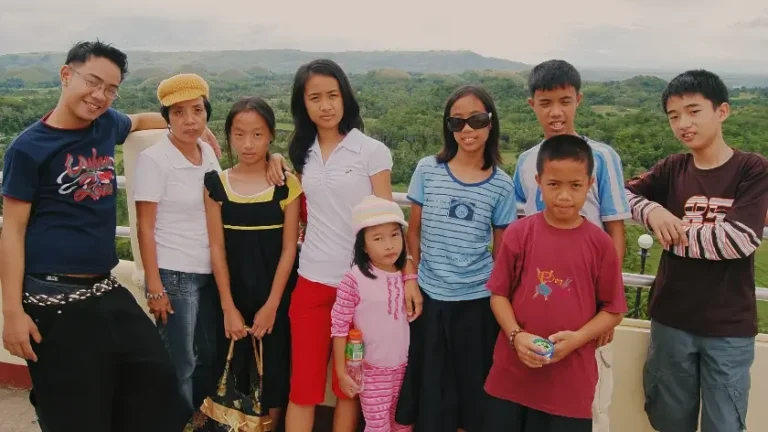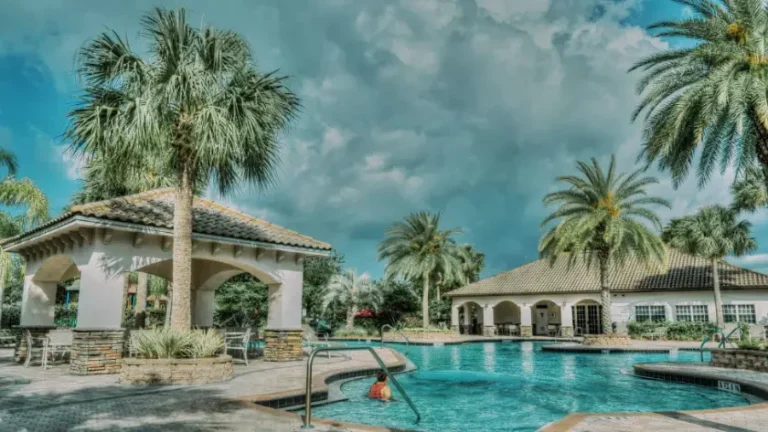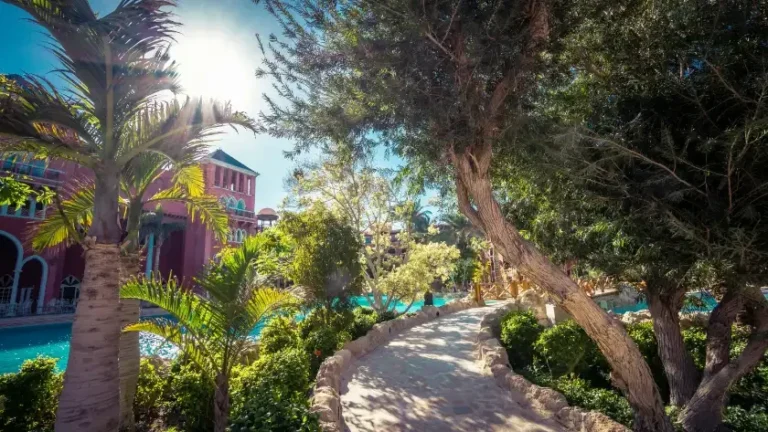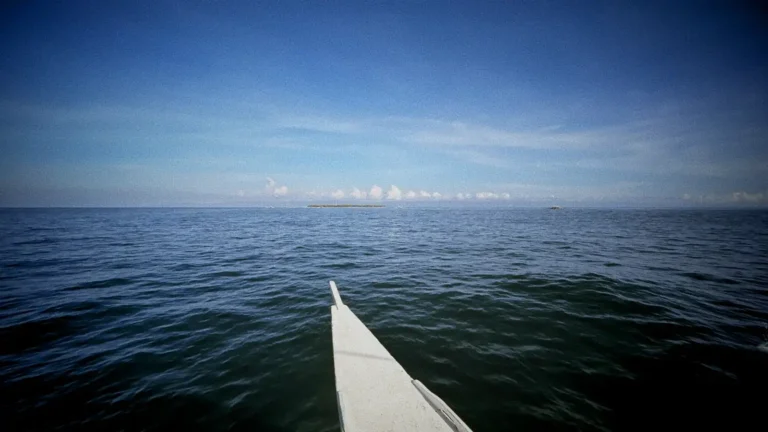Visita Iglesia to the Baclayon Church
Ever since I was a child, my trips to Bohol to visit my father in Guindulman or my mother in Mahayag, San Miguel, always took me past the imposing Baclayon Church. Its dark, coral stone structure looms prominently along the road in the municipality of Baclayon, a sight impossible to miss. Yet, for all those years traveling from Mindanao, where we lived, I never ventured inside. As a young child, old churches seemed drab, and the robed figures tucked away in shadowy rooms felt eerie. I recall dozing off during visits to other Bohol churches—Loboc, Loay, and Calape—while accompanying my mother to see her dear friend, Titi Joven Sanchez, a priest who was often reassigned every few years. My mother never missed a chance to visit him during our Bohol trips.
It wasn’t until recently, with a newfound appreciation for art, history, and heritage, that I finally explored Baclayon Church. The opportunity arose during a visit arranged by Sr. Redempta Omblero of the Missionary Sisters of Triumph of the Cross, a close family friend, who was invited by her friend, Baby Sagario, to Baclayon. The prospect of seeing the church’s interior filled me with excitement, marking a shift from my childhood indifference to a deep curiosity about its historical and architectural significance.
The Baclayon Church, officially the Church of Our Lady of the Immaculate Conception, is one of the oldest stone churches in the Philippines, with construction beginning in 1717. Built by Jesuit missionaries and later enhanced by the Augustinian Recollects, it is a UNESCO World Heritage Site. Its coral stone walls, sourced from the nearby sea, were assembled by over 200 native laborers using bamboo scaffolding and an adhesive made from lime and egg whites—a testament to the ingenuity and labor of the time. The church’s historical role as a center of faith and its survival through events like the Philippine Revolution and the 2013 Bohol earthquake underscore its enduring significance.
Stepping through the massive 20-foot-tall wooden doors, I was initially struck by the dim, almost gloomy interior, a stark contrast to the bright sunlight outside. As my eyes adjusted, the stained glass windows—though modern replacements in amber, green, and blue quatrefoil patterns due to damage from the 2013 earthquake—cast a mesmerizing glow, transforming the space into a vibrant display of color. The church’s Latin cross layout, with its nave, aisles, and transept, creates a sense of symmetry, while rows of hardwood pews and a tiled floor lead the eye toward the magnificent Baroque-style main retablo.
The retablo, crafted from marble and adorned with gold and silver, is a breathtaking centerpiece, featuring six arches with saints and the Jesuit motto “Ad majorem Dei gloriam” (For the greater glory of God) at its peak. The ceiling above the altar is adorned with frescoes depicting the Last Supper, the Holy Family, and the Immaculate Conception, complemented by elegant chandeliers. In the nave, two intricately carved benches showcase scenes of daily life—a tied goat, a coconut palm, a nipa grove, and a man in stocks—offering a glimpse into the cultural context of the period. Paintings of the Ascension, Church Fathers, and San Vicente Ferrer, dating to the 19th century, add to the church’s historical depth, though a non-functional 19th-century pipe organ and decorative choir loft draw attention with their intricate cut-out designs.
Sadly, I didn’t have a camera to capture the church’s beauty, but the separate 21-meter bell tower, also made of coral stone, and the three-arched portico facade, added by the Recollects in the 19th century, are striking features visible from the road. The church’s architecture blends Spanish elements, like the rose window, with Filipino motifs, such as bamboo and wood accents, creating a unique cultural fusion.
Adjacent to the church, the old convent now serves as a museum, housing relics like the Baclayana Mass, an ivory statue of the crucified Christ, and gold-embroidered vestments. Unfortunately, the museum was closed during our visit, preventing us from exploring these artifacts, which travelers often praise for their historical value. The 2013 earthquake damaged parts of the church, including the facade and bell tower, but restoration efforts completed in 2017 reinforced the structure with modern materials, though some critics note that the smoother finishes and modern stained glass slightly altered the original ambiance.
After touring the church, we visited Baby Sagario’s home, just a few steps from the church’s back gate. The Pequit family house, a treasure trove of antiques, captivated me with its vintage chairs, tables, cabinets, and a functioning phonograph with old musical disks that played nostalgic tunes. Baby’s mother’s room was a highlight, filled with an eclectic collection of shells, books, and artifacts, all meticulously arranged. After a hearty lunch, we said goodbye to Baby and her warm, welcoming family. Before heading to the main road, Baby guided us to a nearby bakery across a dirt road behind the church, where we bought “pasalubong” treats like broas and baked polvoron. Baclayon’s reputation as Bohol’s pastry capital, a tradition born from using egg yolks left over from the church’s construction, added a delightful culinary dimension to our visit.
Baclayon Church is more than a historical monument; it’s a living testament to Bohol’s heritage, blending Spanish and Filipino artistry with a vibrant community spirit. From its coral stone walls to its sacred artifacts and local delicacies, Baclayon offers a rich experience for visitors. Viva Baclayon, a place where history, faith, and culture converge!







